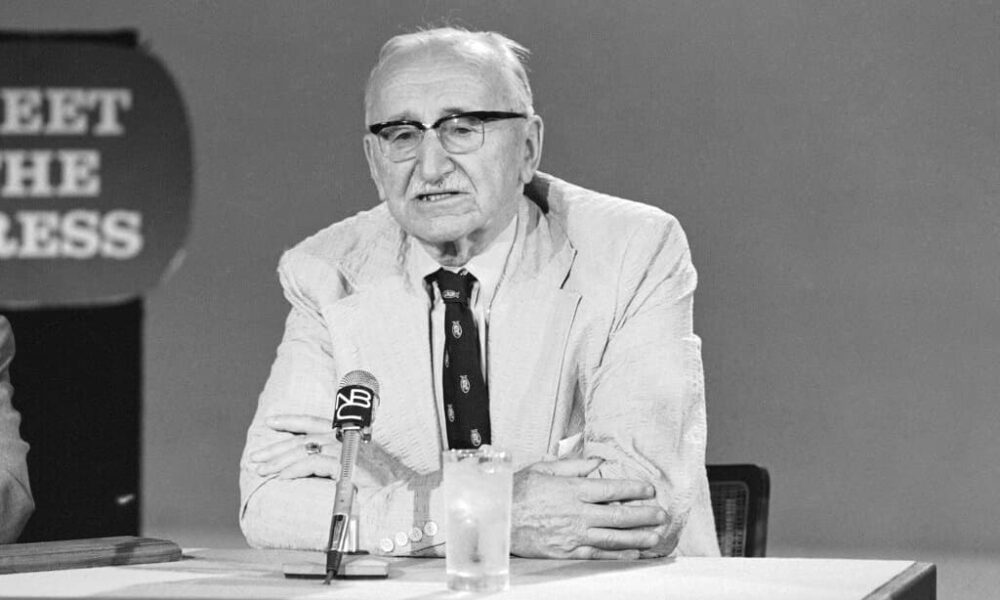URGENT UPDATE: Central banks worldwide are making a significant shift towards gold, marking a potential turning point in currency dynamics. Recent reports confirm that many nations are increasing their gold reserves amid growing concerns over fiat currencies’ stability.
Since the abandonment of the gold standard in 1971, the United States has wielded immense power through its ability to print fiat money. This unchecked monetary policy has allowed politicians to finance deficits easily, often at the expense of citizens’ purchasing power. Friedrich Hayek warned about this monopoly in currency issuance, stating, “Practically all governments… have used their exclusive power to issue money in order to defraud and plunder the people.”
Today, central banks are re-evaluating this approach. They are turning back to gold, which Hayek believed could reassert its role as a stable currency if individuals were free to choose their money. This resurgence of interest in gold as a reserve asset indicates a growing distrust in fiat currencies, with many central banks actively increasing their gold allocations.
The current market landscape shows a stark contrast to predictions made just a few years ago. In a 2004 editorial, the Financial Times dismissed gold as “a betrayal of the public,” yet today, central banks are accumulating gold at unprecedented rates. The unrealized profit of the U.S. Treasury from its gold holdings has soared to about $1 trillion, while the Federal Reserve faces a cumulative loss of around $1 trillion due to its lack of gold reserves.
As the value of the U.S. dollar has depreciated significantly—now worth approximately one-quarter of an ounce of gold—the call for currency competition grows louder. Many experts believe that if citizens had the freedom to choose their currency, governments would be compelled to ensure the stability of their fiat money.
Hayek’s vision of a competitive currency market may be coming to fruition, with gold emerging as a preferred asset in the international reserves of central banks. This shift could signal a vital change in how currencies are perceived and utilized, emphasizing the need for sound monetary policy.
As this situation develops, observers are keenly watching how the dynamics between fiat currencies and gold will unfold. Will this renewed interest in gold lead to a more stable financial environment, or will it provoke further volatility in the markets? Only time will tell, but one thing is clear: the conversation around currency choice is becoming more urgent and relevant than ever.
Stay tuned for the latest updates on this rapidly evolving story, as central banks navigate this critical crossroads in monetary history.







